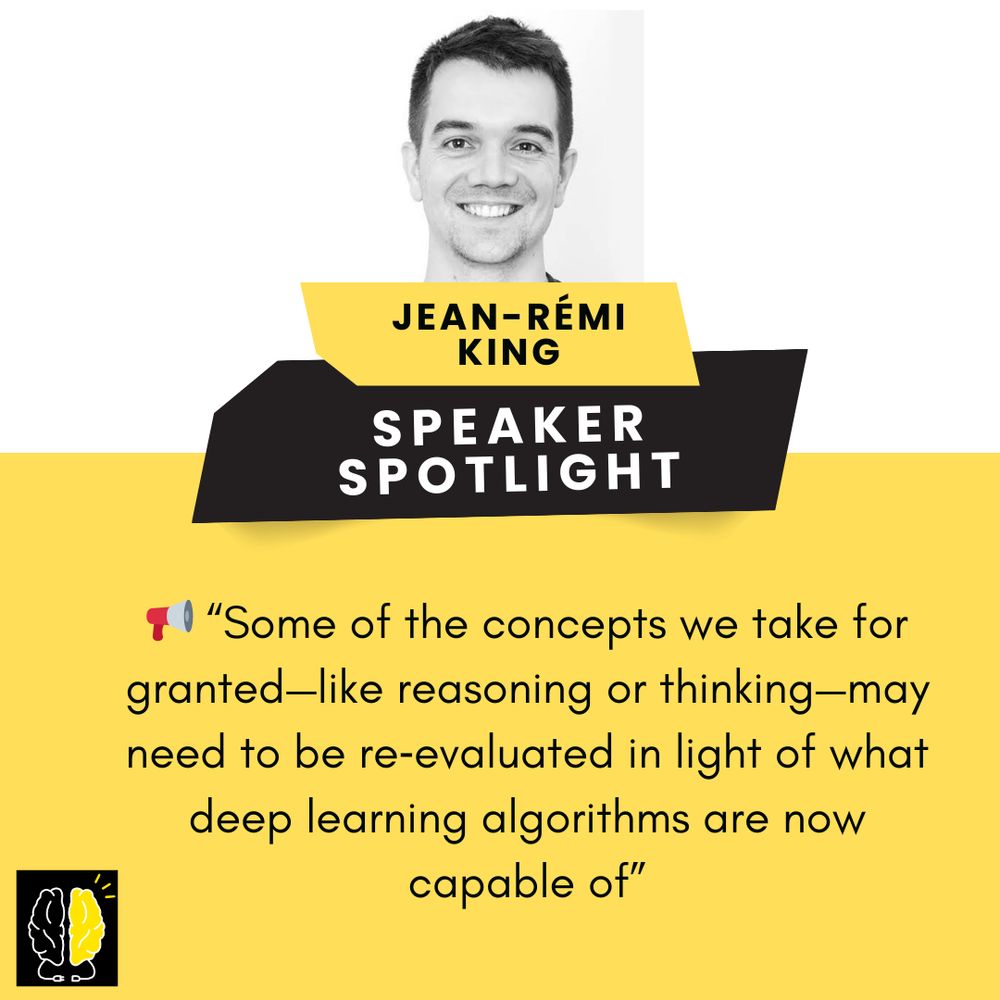Jean-Rémi King
@jeanremiking.bsky.social
2.9K followers
970 following
120 posts
Researcher in Neuroscience & AI
CNRS, Ecole Normale Supérieure, PSL
currently detached to Meta
Posts
Media
Videos
Starter Packs
Pinned
Reposted by Jean-Rémi King
Reposted by Jean-Rémi King
Reposted by Jean-Rémi King
CNSP Workshop
@cnspworkshop.bsky.social
· Aug 22
Reposted by Jean-Rémi King
Jean-Rémi King
@jeanremiking.bsky.social
· Aug 16
Reposted by Jean-Rémi King
Reposted by Jean-Rémi King
Jean-Rémi King
@jeanremiking.bsky.social
· Aug 11

Stéphane d'Ascoli on X: "🏆 Thrilled to announce we reached 1st position in the Algonauts 2025 Competition with our 1B model of the brain watching movies! 📄Paper: https://t.co/TxVNNzQyeF 🧑💻Code: https://t.co/m7km1HkbAJ 💿Data: https://t.co/Hsq9u0vIZG ⚔️Challenge: https://t.co/8ms3AOQNMC 👇Thread: https://t.co/jVpoP7TJHl" / X
🏆 Thrilled to announce we reached 1st position in the Algonauts 2025 Competition with our 1B model of the brain watching movies! 📄Paper: https://t.co/TxVNNzQyeF 🧑💻Code: https://t.co/m7km1HkbAJ 💿Data: https://t.co/Hsq9u0vIZG ⚔️Challenge: https://t.co/8ms3AOQNMC 👇Thread: https://t.co/jVpoP7TJHl
x.com
Reposted by Jean-Rémi King
Cogan Lab
@coganlab.bsky.social
· Jun 13
Jean-Rémi King
@jeanremiking.bsky.social
· Jun 18











